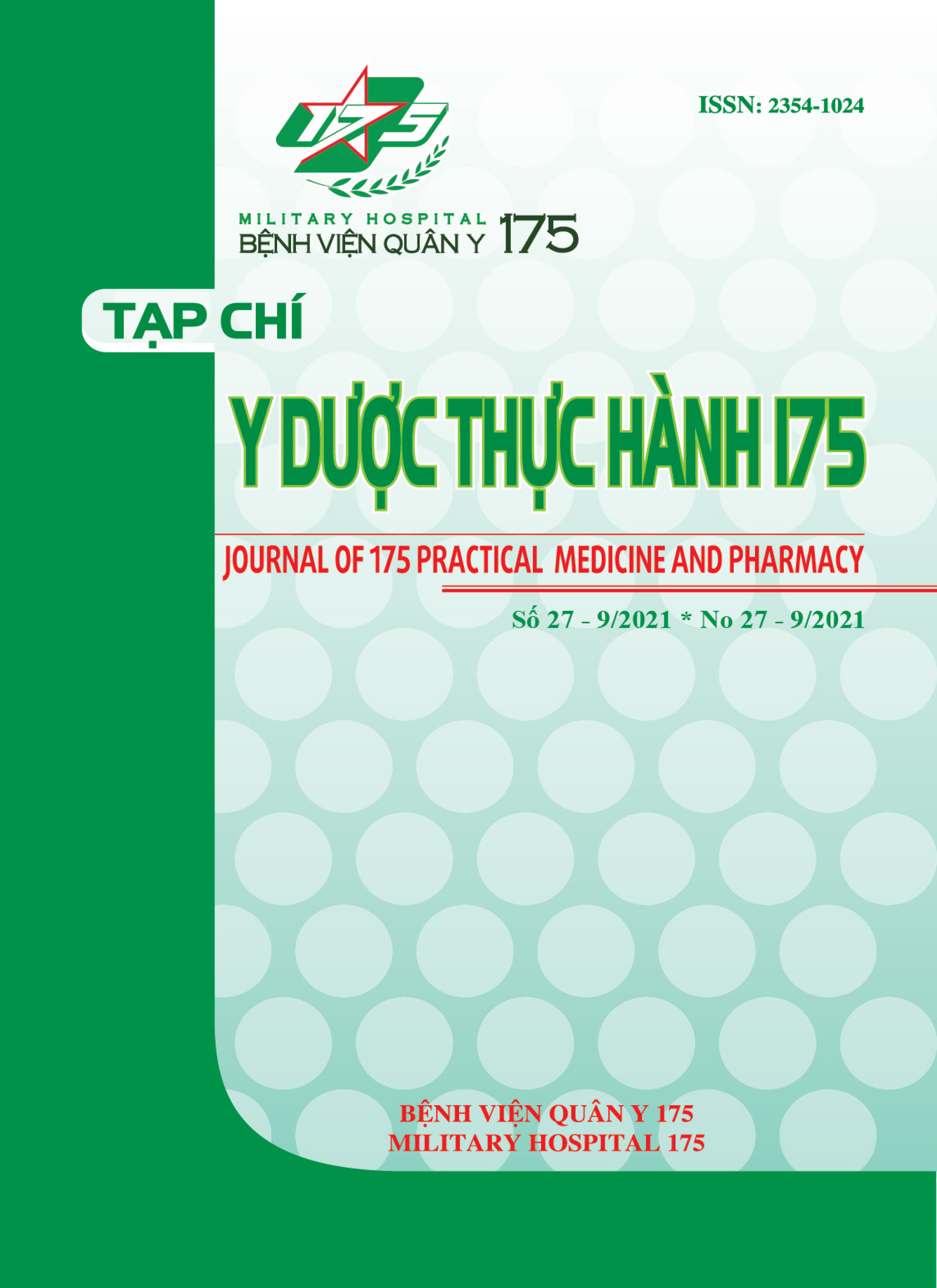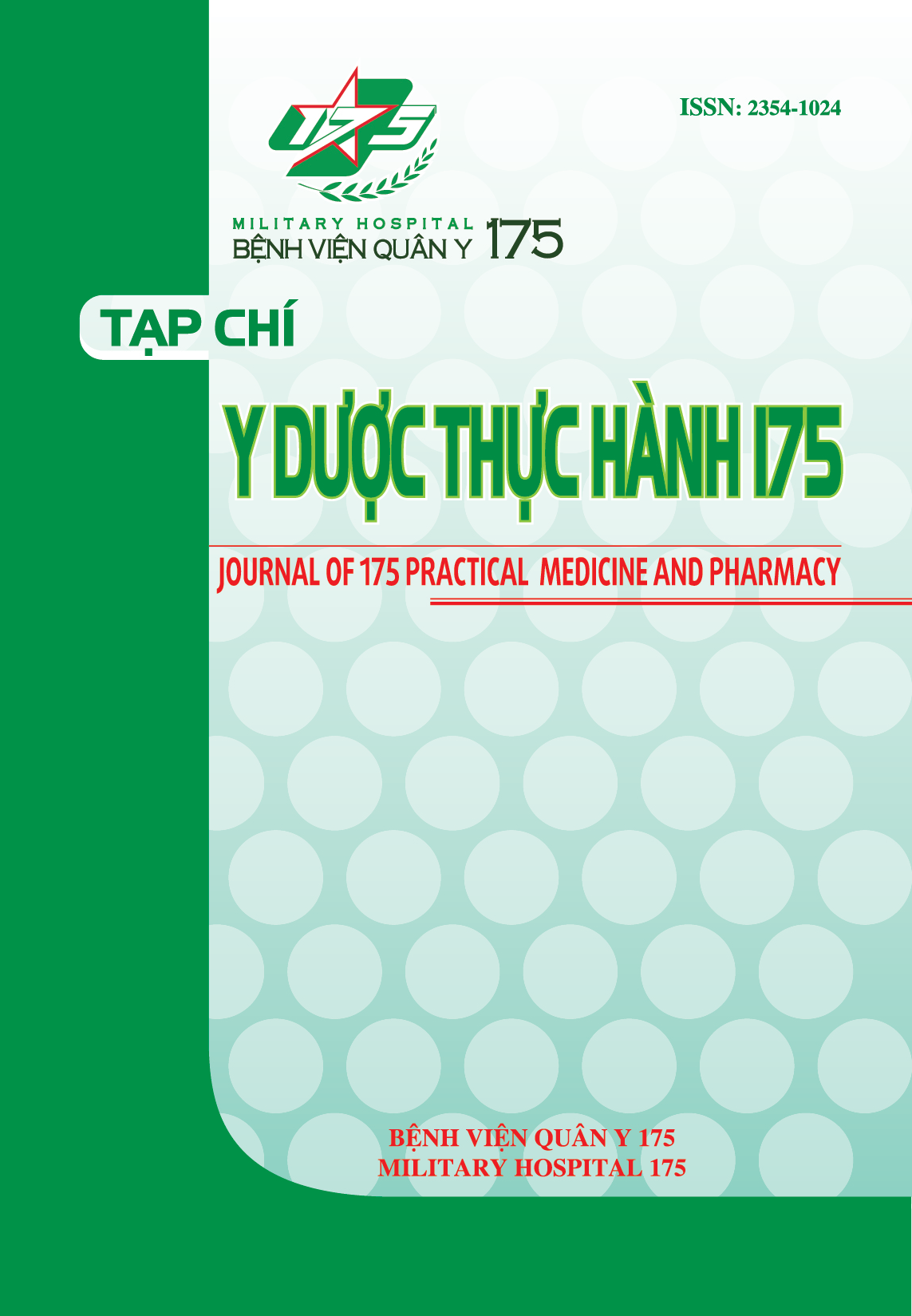THE ASSOCIATION BETWEEN METABOLIC SYNDROME AND OSTEOPOROSIS IN THE ELDERLY WOMEN
Authors
DOI: https://doi.org/10.59354/ydth175.2021.98Keywords:
Elderly women, metabolic syndomre, osteoporosisReferences
Hồ Thị Kim Thanh (2013), Nghiên cứu một số đặc điểm dịch tễ, tình trạng kháng insulin và hiệu quả can thiệp ở người cao tuổi mắc hội chứng chuyển hóa, Đại học y Hà Nội,
Hồ Thị Đoan Trinh (2018), “Khảo sát mối liên quan giữa mật độ xương và hội chứng chuyển hóa ở bệnh nhân trên 50 tuổi tại khoa Điều trị đau- Vật lý trị liệu-Y học cổ truyền Bệnh Viện Trưng Vương”. Tạp Chí Y Học TP Hồ Chí Minh,
Trần Thị Thanh Tú (2020), Khảo sát chất lượng cuộc sống và các yếu tố liên quan trên bệnh nhân cao tuổi loãng xương và thiếu xương, Đại học Y Dược Thành phố Hồ Chí Minh,
Ackert-Bicknell C. L. (2012), “HDL cholesterol and bone mineral density: is there a genetic link?”. Bone, 50 (2), pp. 525-33.
Al-Maatouq M. A., El-Desouki M. I., Othman S. A., et al. (2004), “Prevalence of osteoporosis among postmenopausal females with diabetes mellitus”. Saudi Med J, 25 (10), pp. 1423- 7.
Cappuccio F. P., Kalaitzidis R., Duneclift S., Eastwood J. B. (2000), “Unravelling the links between calcium excretion, salt intake, hypertension, kidney stones and bone metabolism”. J Nephrol, 13 (3), pp. 169-77.
Chin K. Y., Ima-Nirwana S., Mohamed I. N., et al. (2014), “Insulin-like growth factor-1 is a mediator of age-related decline of bone health status in men”. Aging Male, 17 (2), pp. 102-6.
Chin K. Y., Chan C. Y., Subramaniam S., et al. (2020), “Positive association between metabolic syndrome and bone mineral density among Malaysians”. Int J Med Sci, 17 (16), pp. 2585-2593.
Garg M. K., Marwaha R. K., Tandon N., Bhadra K., Mahalle N. (2014), “Relationship of lipid parameters with bone mineral density in Indian population”. Indian J Endocrinol Metab, 18 (3), pp. 325-32.
Kanis J. A., Johnell O., Oden A., et al. (2000), “Long-term risk of osteoporotic fracture in Malmo”. Osteoporos Int, 11 (8), pp. 669-74.
Kanis John A (1994), “Assessment of fracture risk and its application to screening for postmenopausal osteoporosis: synopsis of a WHO report”. Osteoporosis international, 4 (6), pp. 368- 381.
Katayama Y., Akatsu T., Yamamoto M., Kugai N., Nagata N. (1996), “Role of nonenzymatic glycosylation of type I collagen in diabetic osteopenia”. J Bone Miner Res, 11 (7), pp. 931-7.
Lin H. H., Huang C. Y., Hwang L. C. (2018), “Association between metabolic syndrome and osteoporosis in Taiwanese middle-aged and elderly participants”. Arch Osteoporos, 13 (1), pp. 48.
Loke S. S., Chang H. W., Li W. C. (2018), “Association between metabolic syndrome and bone mineral density in a Taiwanese elderly population”. J Bone Miner Metab, 36 (2), pp. 200-208.
Muka T., Trajanoska K., Kiefte-de Jong J. C., et al. (2015), “The Association between Metabolic Syndrome, Bone Mineral Density, Hip Bone Geometry and Fracture Risk: The Rotterdam Study”. PLoS One, 10 (6), pp. e0129116.
Thomas G. N., Ho S. Y., Janus E. D., et al. (2005), “The US National Cholesterol Education Programme Adult Treatment Panel III (NCEP ATP III) prevalence of the metabolic syndrome in a Chinese population”. Diabetes Res Clin Pract, 67 (3), pp. 251-7.
Downloads
PDF Downloaded: 49










